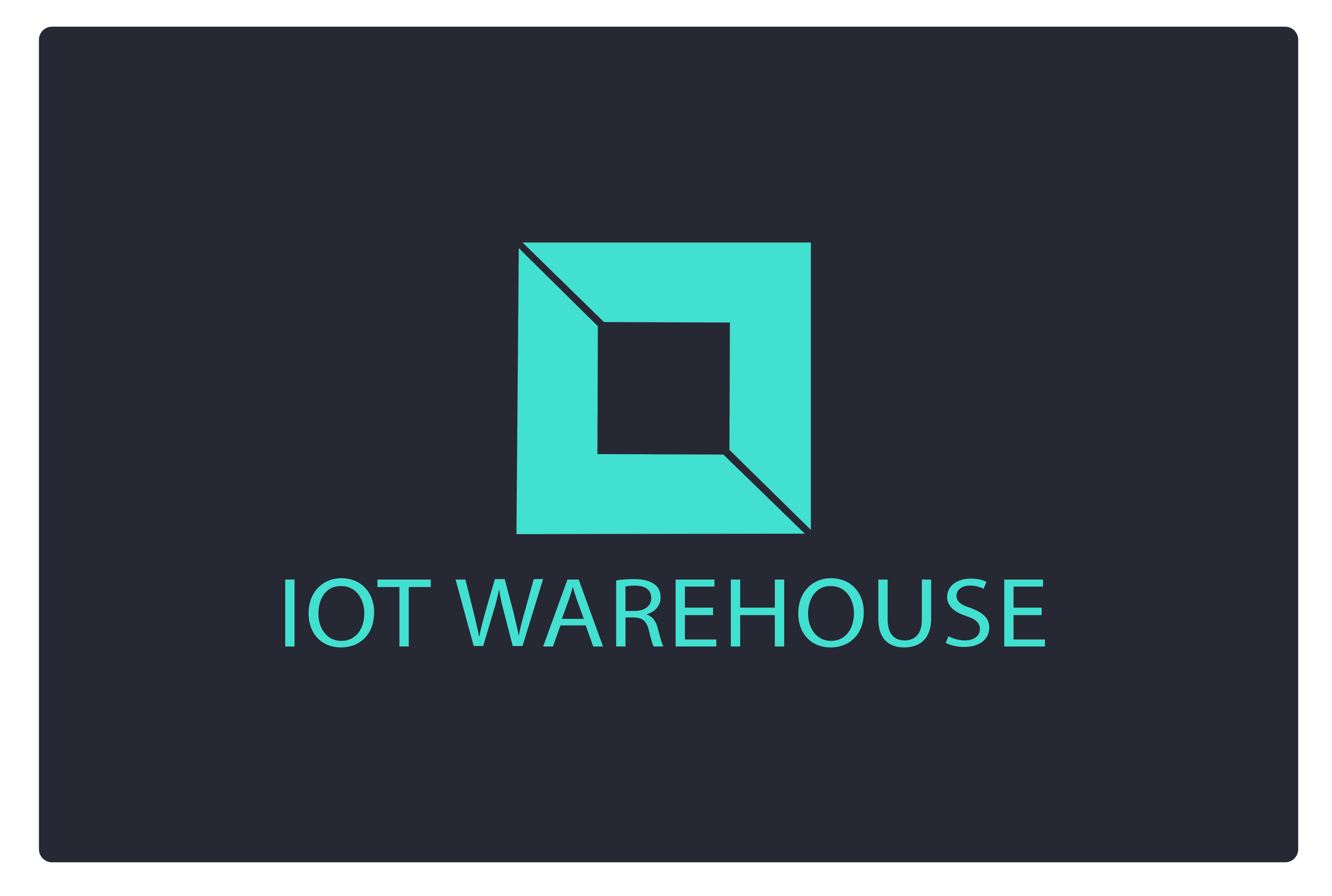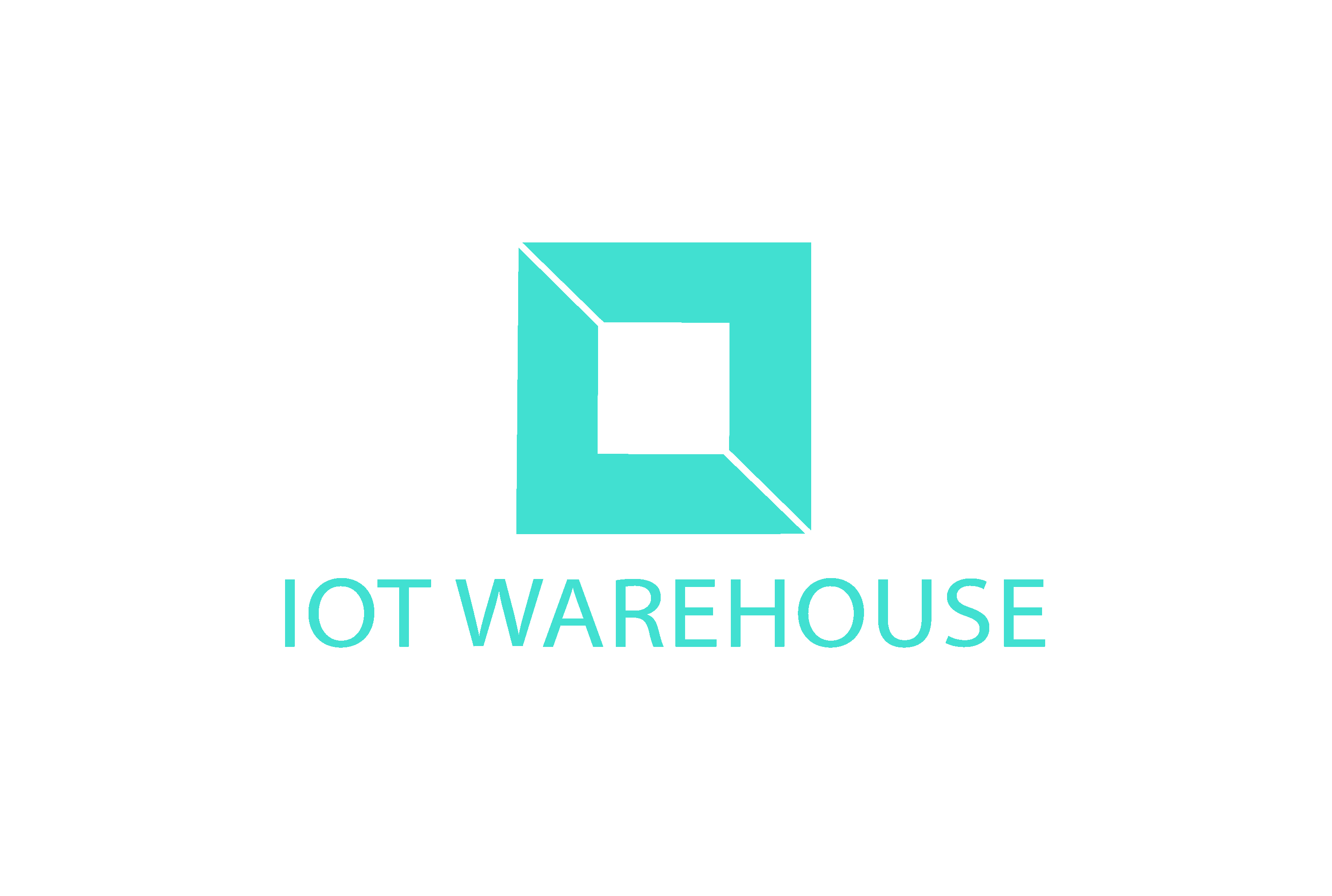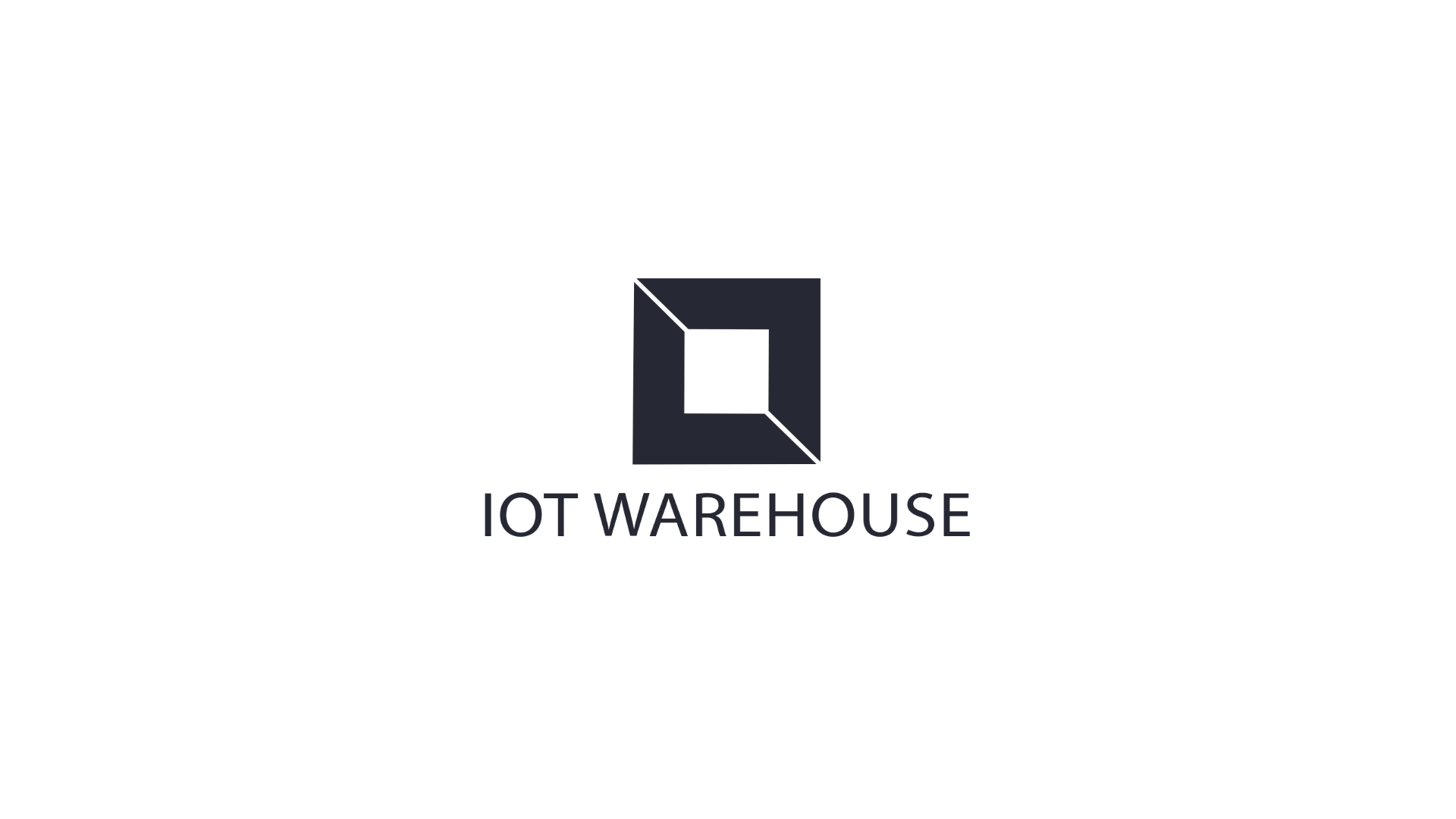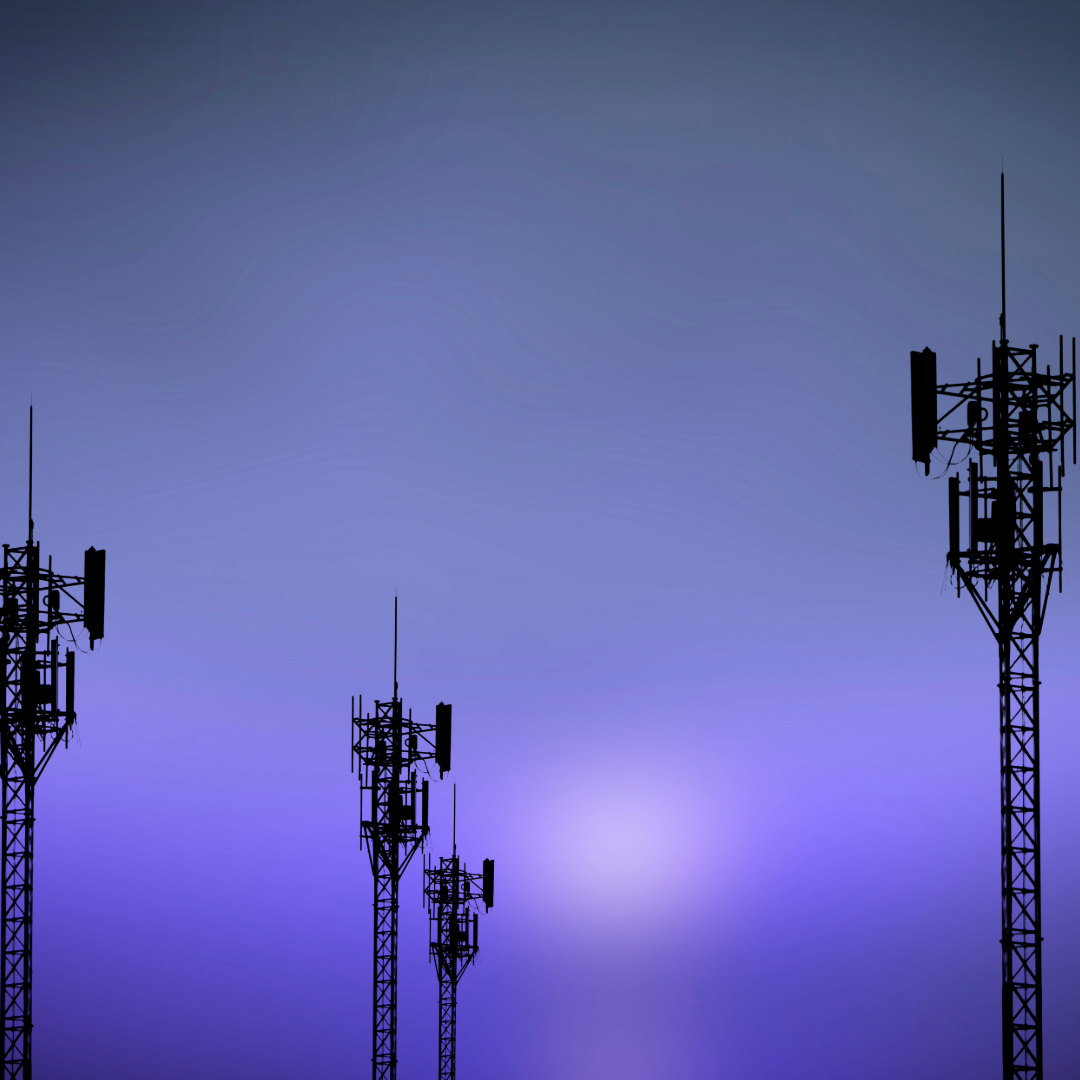When trying to evaluate the most suitable low-power wide-area network (LPWAN) technology for your Internet of Things (IoT) application, it's key to consider various factors beyond just any technical specifications as these can widely diverge from the final real-world performance.

One of the key reasons why cellular IoT ( NB-IoT and LTE-M) could be a more suitable and viable choice for your IoT project, rather than LoRaWAN, Sigfox, or other LPWANs.
- LPWAN suits devices that transmit infrequently whereas Cellular suits devices with both low and high data rates, also excelling in areas where firmware updates are needed.
- Cellular offers a great balance of low power consumption and high data rates making it more flexible for some applications.
- LPWANS may look to offer lower initial infrastructure costs but Cellular brings stable, known lifetime costs and over time could be more attractive.
- Licensed vs Unlicensed Bands. Cellular used licensed and global infrastructure so can offer better scalability, coverage and security.
- NB-IoT and LTE already offer support until at least 2040 so there is zero risk of service issues. Other options might cease to operate or end of life without warning.
So when it comes to LPWAN, often a cellular option will be superior because of the following reasons
- They operate on licensed bands so have control of the space, whilst also investing billions of Dollars to own and operate these spaces. Performance and reliability is within their hands and key to service.
- With a known and manageable level of connections these networks are designed to manage them accordingly so the quality of service is high. In contract unlicensed bands have no foresight or control over performance, allowing anyone to operate within them.
- Deployment density and coverage is already in place and established worldwide.
- When it comes to security, LTE is the best in class LPWAN product ensuring authentication and high levels of encryption. With FOTA or firmware over the air ability, any vulnerabilities discovered post deployment can be addressed. It also allows constant optimisation of devices over time.

If you want to know more about our cellular options and the amazing partnerships we have with some of the biggest names across the globe, get in touch.





Share:
So you want to use LoRaWAN and need some help to understand what is required?
Top 5 Trends for IoT in 2025